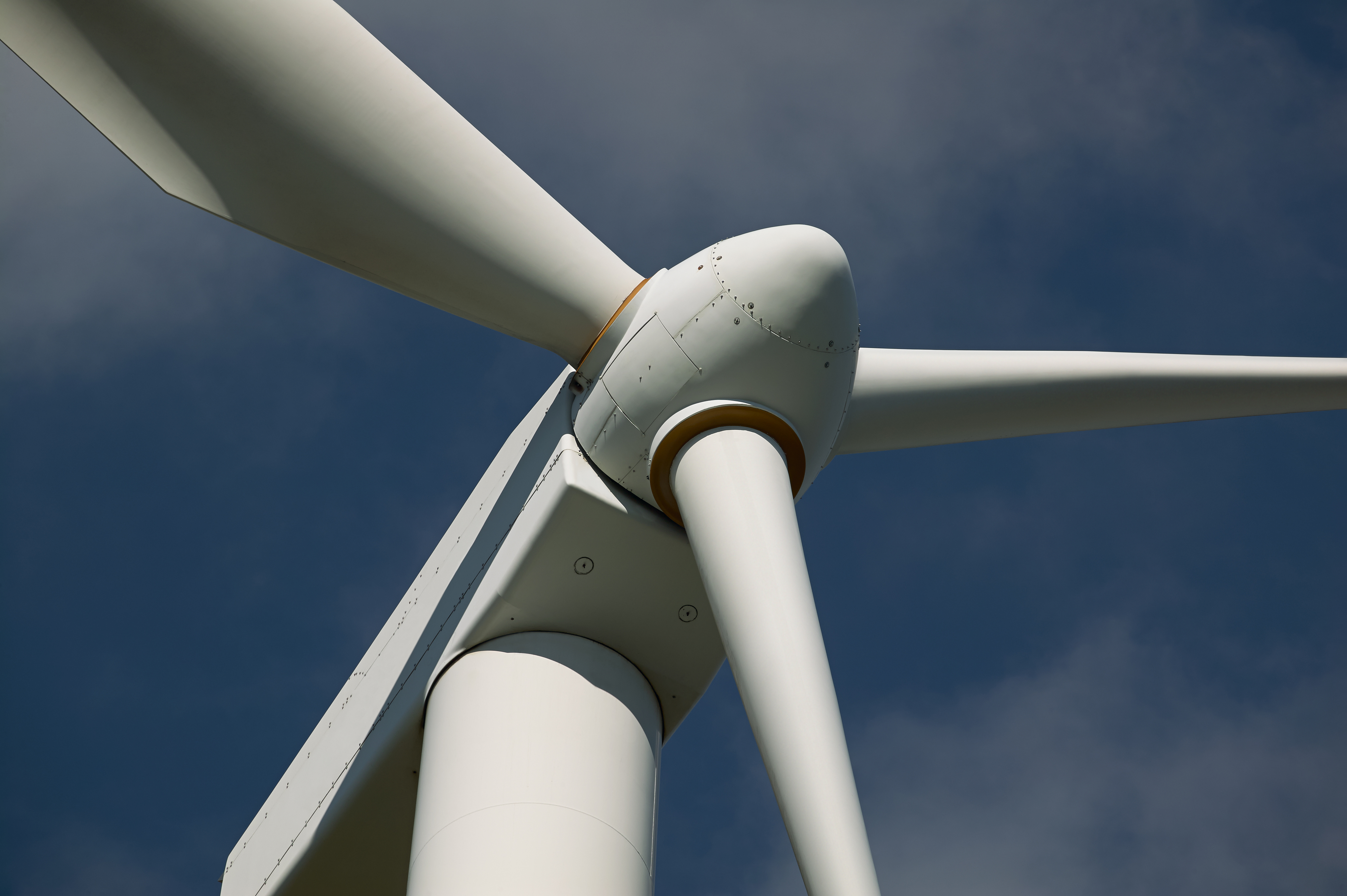From its earliest uses in ancient Mesopotamia to modern day 3-D printing, composites have been quietly elevating our lives for centuries, without us even realizing it. In a world where innovation thrives on the power of collaboration, composite materials epitomize the concept of one and one adding up to more than two. As a provider of both engineered composites and innovative solutions for composites, Mativ creates a winning formula for our composites customers, allowing our brands to make significant impacts in places you might not always expect.
A quick primer on composites
According to the American Composites Manufacturers Association, composites are “made by combining two or more natural or artificial elements with different physical or chemical properties.” These elements can include carbon, glass, ultra-high molecular weight polyethylene (UHMwPE) or aramid heat-resistant fibers, and are often infused with hot melt epoxy resins. When combined, these composites offer improved qualities such as exceptional strength, lightness, and versatility.

From airplane wings, competition cars, and bike frames to windmill blades, golf clubs, and racing boats, modern composite materials have found their way into numerous applications. Composites are increasingly replacing metals in certain situations, with extensive use in building and construction, electronics, aerospace, defence, sporting goods, wind energy, automotive, marine, and life protection products.
Mativ in the world of composites
Strong research and development, alongside a culture of innovation, are at the very core of Mativ’s DNA as a specialty materials company. Our brands, such as Itasa, Conwed, Argotec, and Scapa Industrial, have been helping customers in the composite market solve their complex challenges for decades.
For example, the release liners from our Itasa brand act as a carrier sheet for the resins used in the composite manufacturing process. The liners, typically made from paper or film, are coated on one or both sides with a release agent, such as silicone, which prevents the resin from sticking. They guarantee safety, stability, and resistance to temperature variations in the handling of composites. These are increasingly attractive features to the marine industry, with several of the main boat hull, racing boat, and yacht sail manufacturers rely on them for production.
The extruded nets from our Conwed brand are used in the composite manufacturing process as flow media. During the vacuum infusion process, which is used to make composite components such as wind turbine blades, the net serves as a grid to help the resin drain (flow) throughout the composite component being molded. Our extruded nets are also used as a breather to evacuate air during the vacuum infusion process and prevent voids or air bubbles in the cured composite.
When glass is bonded together with our Argotec interlayer film – in a process known as glass lamination – it can create a composite that is blast-, bomb-, and weather-proof. Providing both optical clarity and UV stability, these glass composites are used in the construction, automotive, and aerospace industries. Textile lamination is another common composite that uses our thermoplastic polyurethane films (TPU) on fabric, resulting in a composite that offers water and chemical resistance.
Our adhesives and tapes are also used in certain composite manufacturing processes. Scapa tapes are commonly used in manufacturing, especially within the aerospace industry and applications where a high resistance to temperature is needed, such as holding down vacuum bagging materials.
What’s next
With the composites market experiencing steady growth and new innovations for these remarkable materials continuing to be discovered, the future looks incredibly bright.
For example, smart composites, capable of sensing and responding to external stimuli through embedded sensors and actuators, can monitor and adjust their properties in real-time, enhancing safety, performance, and functionality. This innovation holds significant potential in fields like aerospace, automotive, and infrastructure, where the ability to detect and respond to changing conditions can have a profound impact.
Nanocomposites, which incorporate nanoscale particles into the composite matrix, allow for enhanced mechanical, thermal, and electrical properties in materials, opening new possibilities in fields such as electronics, aerospace, and medicine, where precise control over material properties is essential.
Mativ will continue working with our customers to explore all new developments in composites and support them at the cutting edge of technology. Finding material solutions to our customers’ biggest challenges is a core part of our DNA, even when those challenges seem beyond reach and often remain unseen by the end user.
Want to find out more about how our Mativ brands can support you? Learn more on our solutions page.


